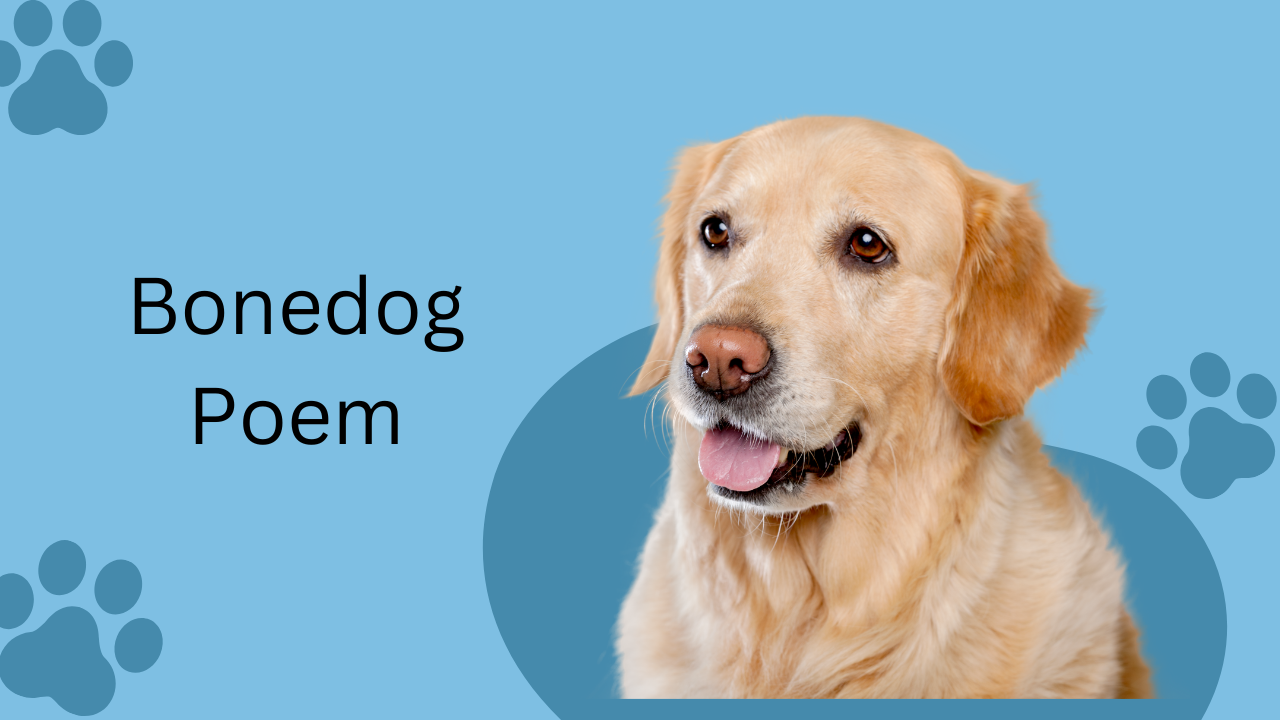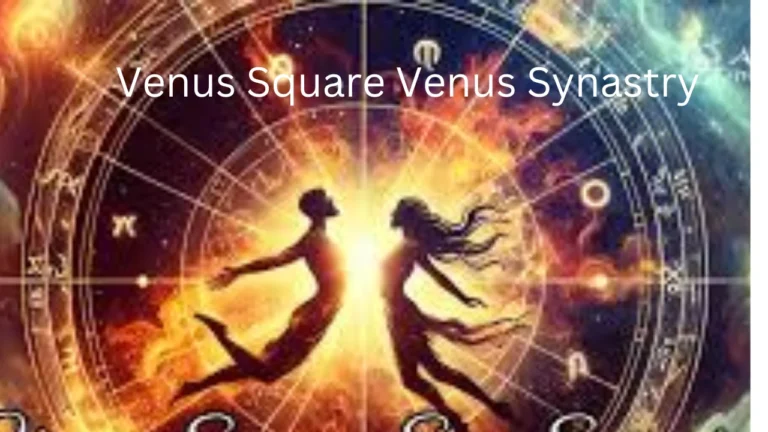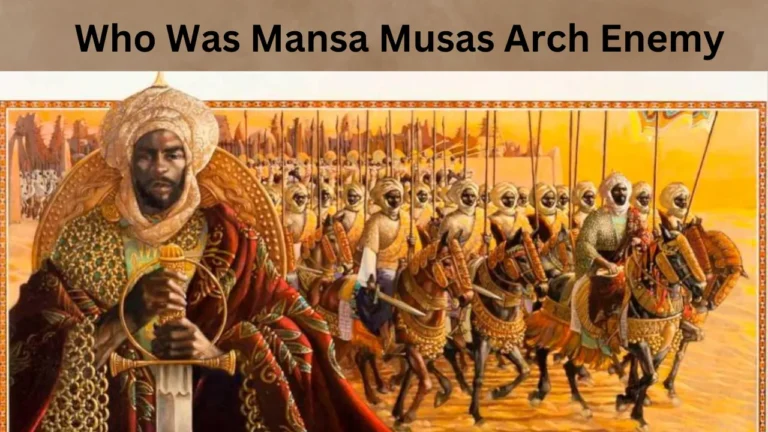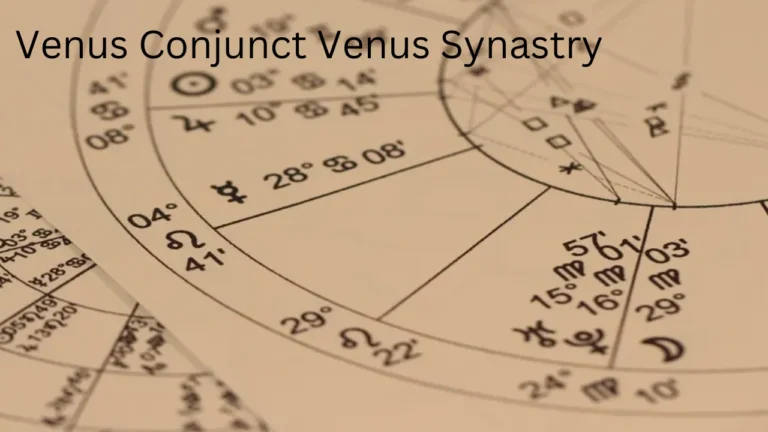Bonedog Poem Unique Fusion of Themes and Emotions
The Bonedog poem has become a fascinating topic of interest, capturing a blend of loyalty, haunting nostalgia, and supernatural allure. With its imagery of a skeletal canine haunting familiar places, this poem resonates deeply with readers who appreciate dark, reflective themes wrapped in loyalty and love. This article will delve into the essence of it, exploring its meaning, symbolism, and why it has garnered attention in the poetry community.
What is the Bonedog Poem?
The poem typically centers on a ghostly dog figure, sometimes depicted as skeletal or spectral. This unique theme touches on the idea of undying loyalty, with a dog’s spirit refusing to leave its human family or beloved home, even after death. Unlike typical ghost stories, it brings a softer tone, often intertwining sadness with warmth. The loyal spirit wanders aimlessly, not out of vengeance but out of the deep bond it once shared in life, creating a story that is haunting yet profoundly touching.
Understanding the Bonedog Poem
The poem uniquely combines dark, gothic elements with themes of unwavering devotion, creating an emotional and thought-provoking experience for readers. In essence, the poem features the ghostly presence of a dog that lingers, driven by an unbreakable bond to its owner or home, even after death. The haunting skeletal image of the dog represents a love that endures beyond physical existence. While it includes eerie or somber themes, its core message is rooted in loyalty and affection, portraying a spirit that chooses to stay close to what it loved in life, despite its spectral form. This blend of dark imagery with warm devotion creates a powerful contrast, pulling readers into a narrative of love, loss, and the enduring connections that death cannot sever.
Origins of the Bonedog Poem
The poem genre may not have a single known origin, but it draws inspiration from various literary traditions. Ghost stories featuring loyal animal spirits have long been popular in folklore, especially in cultures where pets, particularly dogs, hold significant sentimental value. In the poem, however, the focus is on the emotional continuity of the animal’s loyalty. Rather than merely haunting a place, the skeletal dog represents an emotional connection that has transcended the boundaries of life and death, reflecting ideas of eternal love and dedication.
In terms of themes, the poem often explores:
- Loyalty: The core of the poem revolves around the unwavering dedication of the dog, even in death.
- Nostalgia: There’s a powerful sense of yearning in the dog’s lingering presence, reminding readers of lost pets or loved ones.
- The Supernatural: The spectral nature of the dog adds a spooky yet poetic element, appealing to readers who enjoy ghostly themes with emotional depth.
Also Read: VA Mental Health Rating Changes 2024: What Veterans Need to Know
Structure and Style
The poem usually employs simple language, yet it is rich with emotion. Imagery plays a central role in creating the mood, evoking images of a ghostly dog, moonlit nights, and quiet places once filled with warmth. The skeletal structure of the dog is often described with care, focusing on bones, hollow eyes, and movements that convey both a sense of vulnerability and an unbreakable spirit.
The style of the poem is typically free verse or loose rhyme, allowing for an expressive, flowing narration. The language is straightforward, making it accessible and moving for readers of all ages. This simplicity reflects the character of the dog—pure, unembellished, and loyal. The tone may range from somber to slightly eerie, with many poets balancing the poem between sorrow and solace.
Emotional Core of the Bonedog Poem
At the heart of the poem is a deep emotional resonance that speaks to universal experiences of love and grief. The poem’s ghostly canine figure represents a beloved companion who refuses to leave, embodying themes of loyalty, remembrance, and connection. This core reflects the way many people feel about their pets, viewing them as family members whose presence remains, even after they’re gone. The poem serves as a metaphor for those we love who may no longer be physically present but are still felt in our lives. Through its simple yet powerful language, the poem offers comfort and evokes nostalgia, reminding readers of the special relationships they’ve shared with those they’ve lost. Its emotional depth captures the bittersweet reality of grief—painful yet filled with cherished memories.
Also Read: 0101 Angel Number Uncovering Its Spiritual Meaning and Impact
Why the Bonedog Poem Resonates with Readers
Readers are drawn to the poem for several reasons. For one, the portrayal of loyalty beyond death resonates strongly with pet owners who see their pets as family members. The idea of a pet’s spirit staying around to protect or be near loved ones, even in skeletal form, is both comforting and haunting. This emotional depth speaks to the universal experience of love and loss.
Another reason the poem captivates readers is its combination of the macabre with tender emotions. The image of a skeleton dog haunting a place might be unsettling at first, yet the dog’s intent and actions remain gentle and familiar. It mirrors the human experience of grieving, where the memory of a lost loved one—whether human or pet—lingers on, bringing both comfort and sorrow.
Symbolism in the Bonedog Poem
The poem is symbolic on multiple levels, each one contributing to its layered meaning:
- Bones as Remnants: The bones represent the physical remains, a reminder that the dog has passed, yet its spirit lingers. This ties into the concept of love and loyalty that endures beyond physical existence.
- Eyes as Windows to the Spirit: The poem often describes the dog’s hollow or spectral eyes. In literature, eyes are often windows to the soul, symbolizing that even though the dog is no longer alive, its essence—its spirit—is very much present.
- Moonlit Nights and Shadows: Many it mention moonlit nights, shadows, and quiet landscapes. This imagery sets a melancholy tone and emphasizes the isolation of the ghostly figure, wandering alone under the vast, indifferent sky.
Also Read: John Cerasani Net Worth Journey from Athlete to Successful Entrepreneur and Investor
Bonedog Appeal to a Modern Audience
In recent years, it has gained popularity online, especially among readers interested in the supernatural, gothic, and pet-related themes. Social media platforms like Twitter and Instagram are filled with short it or excerpts, often accompanied by illustrations of ghostly dogs. The simplicity of the poem’s language, combined with its depth of emotion, makes it ideal for sharing on these platforms.
For pet lovers, it strikes a particular chord, as it provides a way to imagine the afterlife of a cherished pet in a comforting, if somewhat eerie, form. Additionally, as discussions around grief and mental health have become more open, poetry that addresses themes of loss has become more accepted and celebrated. It, therefore, resonates as a form of healing expression for those dealing with loss.
Example of a Bonedog Poem Structure
| Line | Example |
|---|---|
| 1 | Out in the dark, where shadows creep |
| 2 | A ghostly dog roams, without sleep |
| 3 | His bones rattle, his spirit’s free |
| 4 | Still bound by love, eternally |
This poem structure showcases the haunting and touching imagery that defines this genre. Simple phrases and gentle rhymes help convey the themes without complex language, making it accessible to a wider audience.
Also Read: Alexandra Hollywood From Culinary Passion to Personal Resilience
Imagery and Language in the Poem
The poem is rich in evocative imagery and simple yet meaningful language, which work together to create a haunting yet beautiful visual experience. The imagery typically involves descriptions of skeletal forms, moonlit nights, quiet spaces, and hollow eyes, giving the reader a sense of both vulnerability and strength. This haunting setting adds to the poem’s atmosphere, portraying the dog’s spirit as both eerie and endearing. The language is often straightforward and accessible, reflecting the dog’s pure loyalty and uncomplicated nature. By using words that evoke sights, sounds, and even emotions, the poem invites readers into a ghostly world that is gentle, moving, and vivid. Through its choice of imagery and language, it creates a connection between the supernatural and the relatable, capturing the dog’s spirit in a way that resonates deeply with readers.
Conclusion
The poem is a modern fusion of gothic and heartfelt themes that speaks to our emotional experiences with pets and loved ones. Its portrayal of loyalty that persists beyond death is universally moving, and the skeletal imagery adds a unique layer of intrigue. In its simple verses, it holds an enduring appeal, blending ghostly allure with an emotional reminder of love’s lasting power.
Whether you’re a fan of ghost stories, an animal lover, or simply someone who enjoys poetry with depth, it offers a beautiful way to reflect on themes of loyalty, loss, and the undying bonds we share with those we love.
Also Read: Understanding Ruby Multiline String Complete Guide







